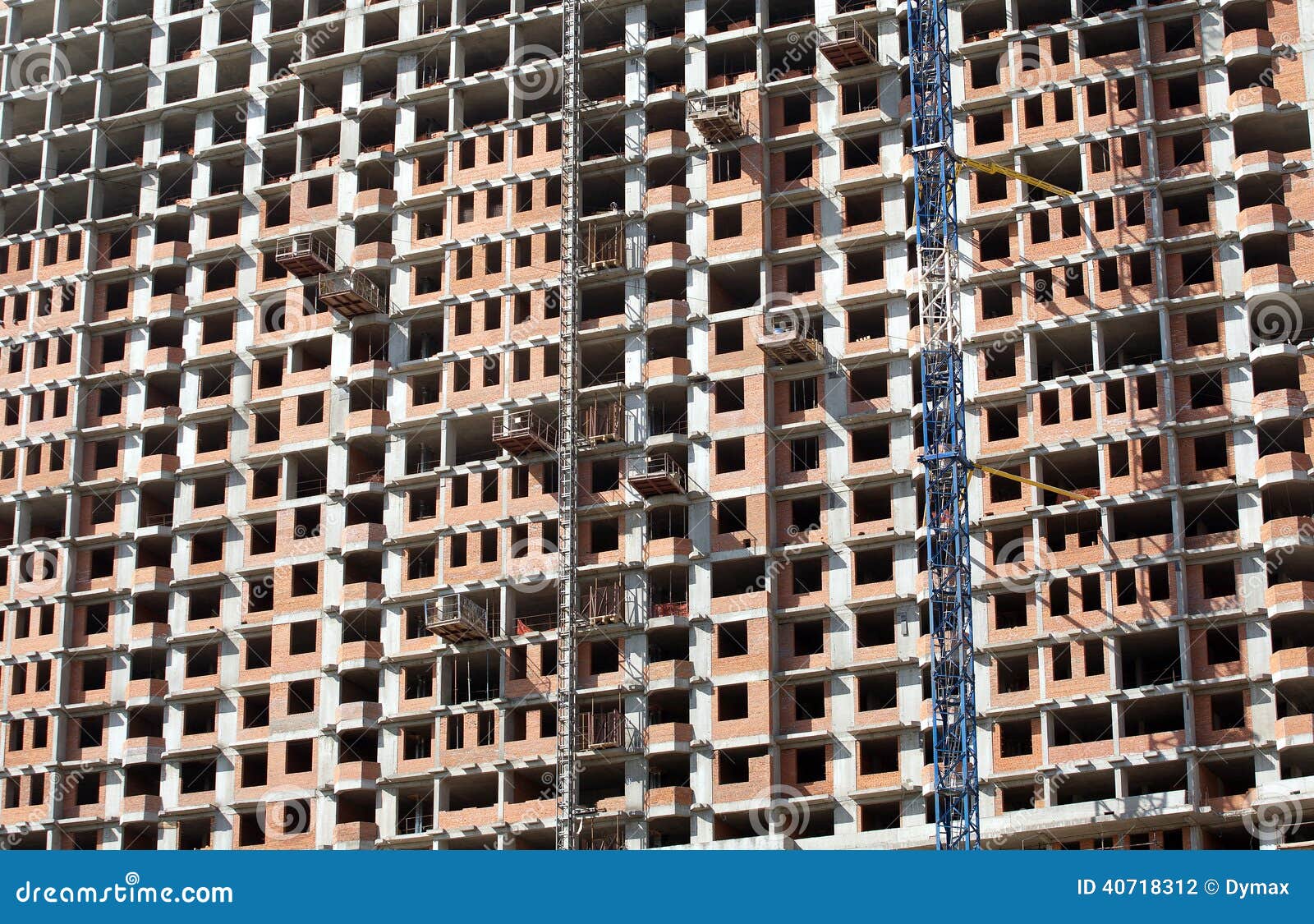
Building construction is usually further divided into residential and non-residential.

Construction industry sectors Industrial assemblage of a thermal oxidizer in the United Statesīroadly, there are three sectors of construction: buildings, infrastructure and industrial: Some estimates suggest that 40% of construction projects are now fast-track construction. In the 19th century, steam-powered machinery appeared, and, later, diesel- and electric-powered vehicles such as cranes, excavators and bulldozers.įast-track construction has been increasingly popular in the 21st century. In the Middle Ages, the artisan craftsmen were organized into guilds. Occasionally, slaves were used for construction work.

As cities grew during the Bronze Age, a class of professional craftsmen, like bricklayers and carpenters, appeared. The first huts and shelters were constructed by hand or with simple tools. For example, about 20% (1,061) of US industry fatalities in 2019 happened in construction. Īlthough the construction industry promotes economic development and brings many non-monetary benefits to many countries, it is one of the most hazardous industries. This spending was forecast to rise to around $14.8 trillion in 2030. In 2022, expenditure on the construction industry exceeded $11 trillion a year, equivalent to about 13 percent of global GDP.


Global expenditure on construction activities was about $4 trillion in 2012. The construction industry contributes significantly to many countries' gross domestic products ( GDP). It typically starts with planning, financing, and design, and continues until the asset is built and ready for use construction also covers repairs and maintenance work, any works to expand, extend and improve the asset, and its eventual demolition, dismantling or decommissioning. In its most widely used context, construction covers the processes involved in delivering buildings, infrastructure, industrial facilities, and associated activities through to the end of their life. To construct is the verb: the act of building, and the noun is construction: how something is built, the nature of its structure. For the British children's TV series, see Construction Site (TV series).Ĭonstruction site and equipment prepared for start of work in Cologne, Germany (2017)Ĭonstruction is a general term meaning the art and science to form objects, systems, or organizations, and comes from Latin constructio (from com- "together" and struere "to pile up") and Old French construction.


 0 kommentar(er)
0 kommentar(er)
